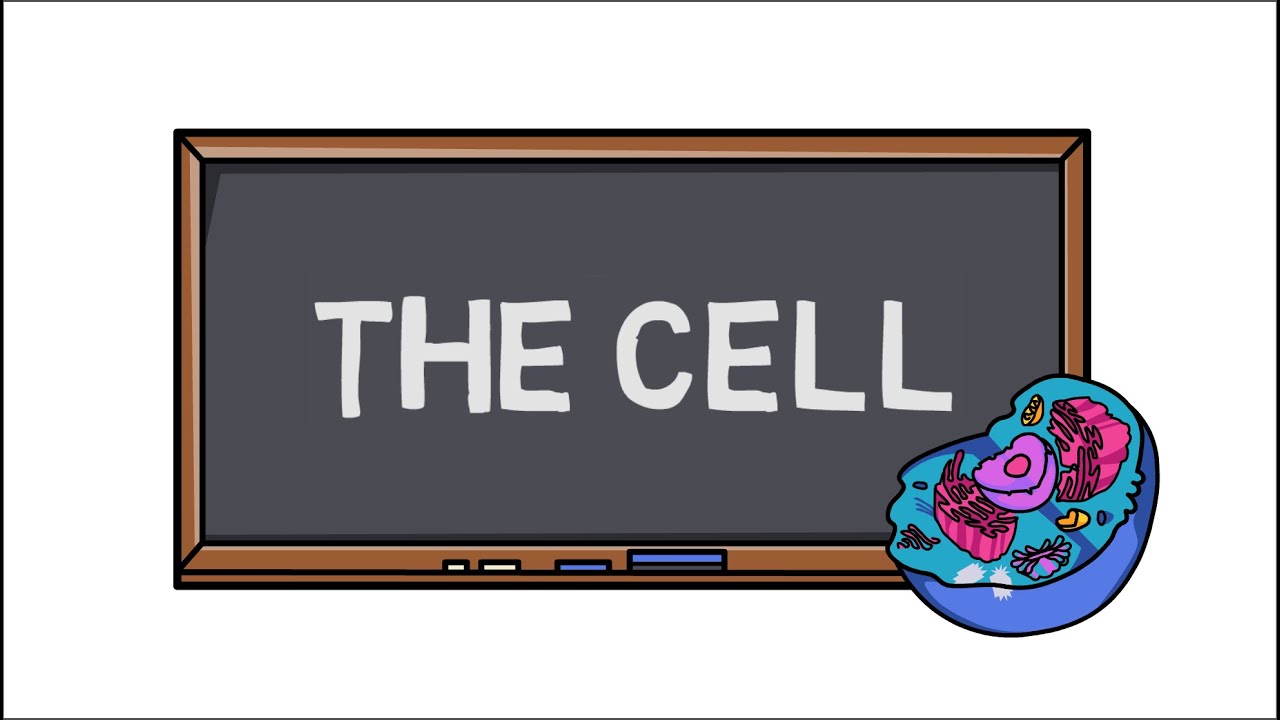Part 11 The Cell & Type of Cell
Summary
TLDRIn this educational video, Emiliano Bonaflor explores the fascinating world of cells, the fundamental building blocks of life. He outlines the objectives to appreciate cell parts, understand their functions, and differentiate between cell types. Cells, the smallest units of life capable of replication, are categorized into prokaryotic and eukaryotic, with the former lacking membrane-bound organelles and the latter possessing a membrane-bound nucleus. The video delves into the roles of various organelles and the importance of the cell membrane. It also touches on the significance of cell size and shape, and how these microscopic entities, from bacteria to complex eukaryotic cells, play crucial roles in all forms of life, including human health and industry.
Takeaways
- 🧬 A cell is the smallest unit of life capable of replication and functioning independently.
- 🔬 Cells have general features including a nucleus with genetic material, cytoplasm with organelles, and a semi-permeable cell membrane.
- 🌐 Cells come in various shapes and sizes, most being microscopic and not visible to the naked eye.
- 🌱 All organisms, except viruses, are composed of cells and can be classified based on cell type.
- 🦠 Prokaryotic cells lack membrane-bound organelles and have genetic material in the form of a single, circular chromosome in the cytoplasm.
- 🕰️ Prokaryotic cells are the oldest, having evolved about four billion years ago, and include bacteria and archaea.
- 🍶 Prokaryotes can have beneficial roles in food production, such as producing alcohol and amino acids, but some can also cause diseases.
- 🌳 Eukaryotic cells have a membrane-bound nucleus and are compartmentalized with organelles for various cellular functions.
- 🔬 Eukaryotes encompass all life kingdoms except Monera and are generally larger than prokaryotic cells.
- 🏭 Eukaryotic cells can be specialized for specific functions, such as hormone production or mechanical work like muscle cells.
- 📚 The video aims to help viewers appreciate cell parts, understand their functions, and differentiate between types of cells.
Q & A
What is the basic unit of life according to the video script?
-The basic unit of life is the cell, which is capable of replication and can function independently.
What are the general features of a cell mentioned in the script?
-The general features of a cell include the nucleus containing genetic material, the cytoplasm filled with a semi-fluid matrix and various organelles, and the semi-permeable cell membrane.
What is the nucleus of a cell responsible for?
-The nucleus is responsible for containing the cell's genetic material.
What fills the cytoplasm of a cell?
-The cytoplasm is filled with a semi-fluid matrix and various organelles.
What is the function of the cell membrane?
-The cell membrane is a semi-permeable membrane that controls the movement of substances in and out of the cell.
What are the typical sizes of cells?
-Most cells are about one over one thousand of an inch or 0.0025 centimeters in diameter, making them microscopic and not visible to the naked eye.
How are organisms classified based on the type of cells they have?
-Organisms are classified based on whether they have prokaryotic or eukaryotic cells.
What is the main difference between prokaryotic and eukaryotic cells?
-Prokaryotic cells lack membrane-bound organelles and have their genetic material in the cytoplasm, while eukaryotic cells have a membrane-bound nucleus and compartmentalized organelles.
What are the two domains of life that include prokaryotic cells?
-The two domains of life that include prokaryotic cells are bacteria and archaea.
What is the size range of most prokaryotic cells?
-Most prokaryotic cells range from 0.5 to 2.0 microns in diameter.
How do eukaryotic cells differ in size compared to prokaryotic cells?
-Eukaryotic cells are typically about 10 times larger than prokaryotic cells.
What are some of the functions of prokaryotic cells in relation to humans?
-Prokaryotic cells, such as bacteria, can be beneficial or harmful to humans. They can be used in food production to produce alcohol, amino acids, and digest cellulose, but some can also cause diseases by invading other organisms.
What is the role of specialized cells in eukaryotic organisms?
-Specialized cells in eukaryotic organisms function as factories for the production of specific substances such as hormones, starch, fat, and perform mechanical work like muscle cells.
Outlines

Cette section est réservée aux utilisateurs payants. Améliorez votre compte pour accéder à cette section.
Améliorer maintenantMindmap

Cette section est réservée aux utilisateurs payants. Améliorez votre compte pour accéder à cette section.
Améliorer maintenantKeywords

Cette section est réservée aux utilisateurs payants. Améliorez votre compte pour accéder à cette section.
Améliorer maintenantHighlights

Cette section est réservée aux utilisateurs payants. Améliorez votre compte pour accéder à cette section.
Améliorer maintenantTranscripts

Cette section est réservée aux utilisateurs payants. Améliorez votre compte pour accéder à cette section.
Améliorer maintenantVoir Plus de Vidéos Connexes

Cells for Kids | Learn about cell structure and function in this engaging and fun intro to cells

027 Die Zelle Baustein des Lebens Meilensteine der Naturwissenschaft & Technik

What are cells | Cells | Biology | FuseSchool

The Cell | Discovery of first Cell | Cell Theory |

Struktur dan Fungsi Komponen Sel Tumbuhan

GCSE Biology - Cell Types and Cell Structure #2
5.0 / 5 (0 votes)
